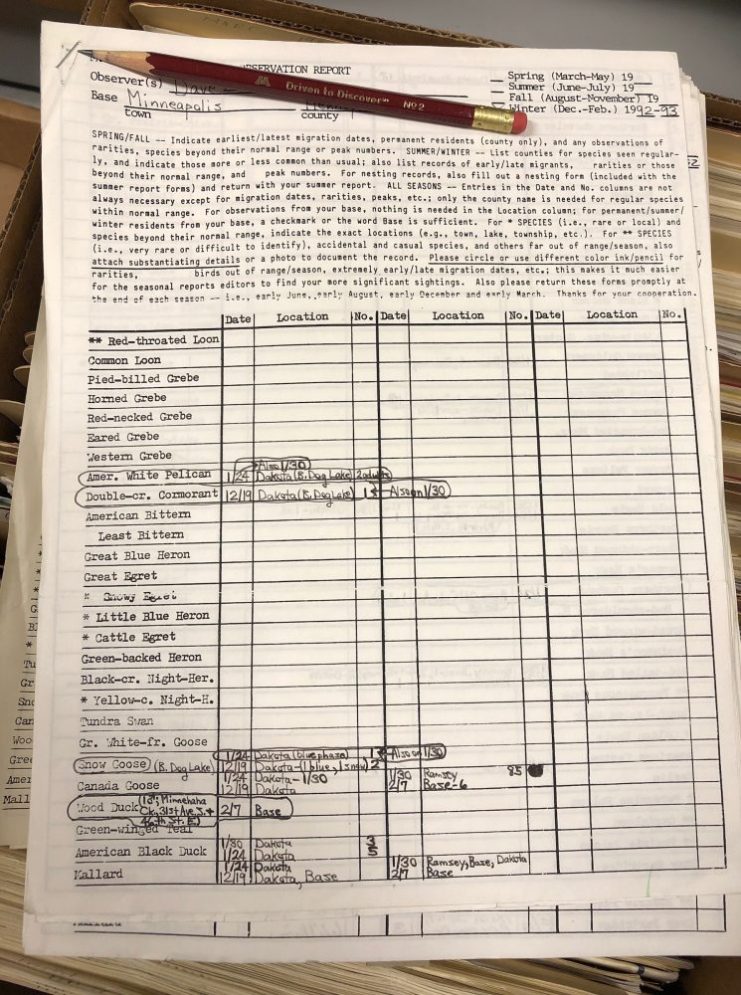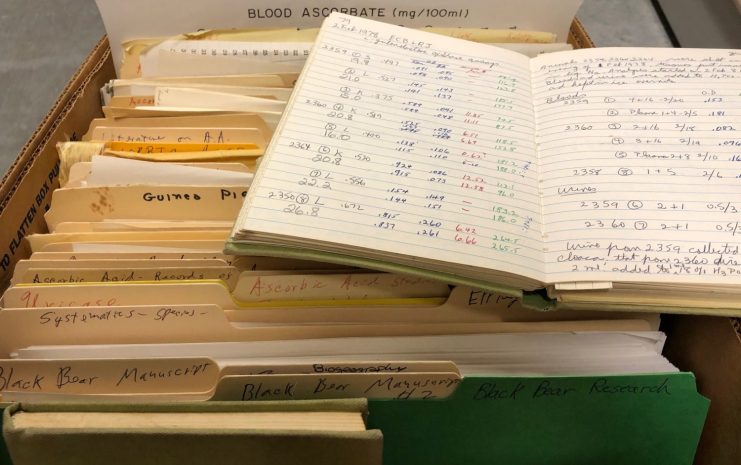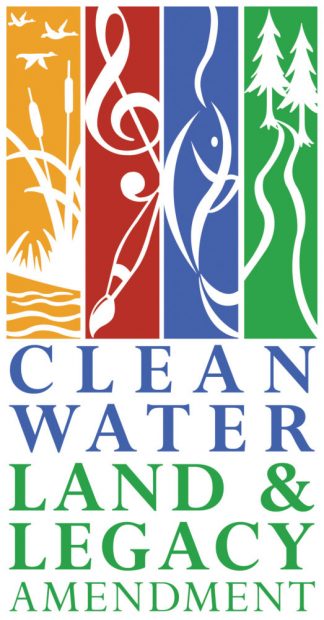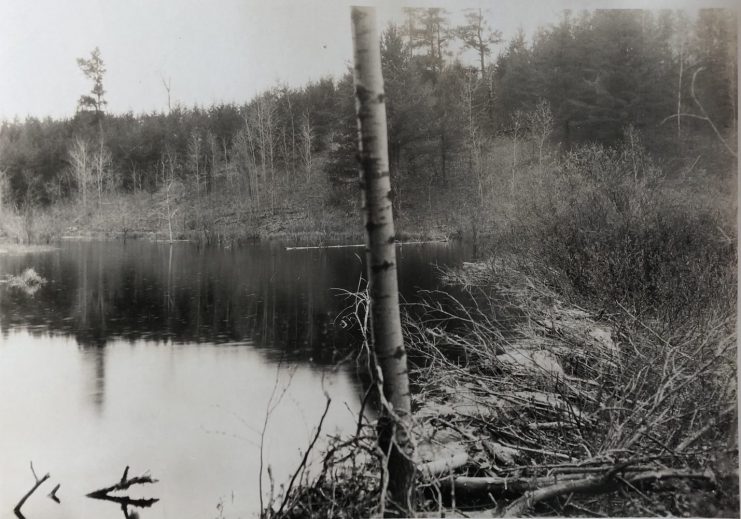The University of Minnesota Libraries received a grant for $108,000 from the State of Minnesota through the Arts and Cultural Heritage Fund of the Minnesota Historical Society for a year-long project to examine and describe archival collections related to Minnesota’s environmental history and climate.
The project, Minnesota Landscapes: Documenting Environmental History through Archival Sources, draws upon the rich resources available in the University of Minnesota Archives.
Over the next year, archivists at the University of Minnesota Archives will create online descriptions for thirty archival collections consisting of 1,300 cubic feet of reports, correspondence, diaries, notebooks, field notes, observational and longitudinal data, photographs, maps, slides, audio and film recordings, and other unique documentation.
Minnesota environmental history
These collections represent the relationships between the formation of Minnesota’s environmental landscape, land use by human populations over time, rapid economic changes in urban and rural land development, and the subsequent changes to the state’s environment, climate, and wildlife.
“The Archives document research and programmatic efforts at the University of Minnesota that explore the history, use, and restoration of Minnesota’s land and water resources, be it rural or urban, and the influence human populations have had on their environment,” explains Erik Moore, University Archivist and principal investigator for the project.
Examples from the archives include collections that focus on Minnesota’s glacial environment and the geological forces and climatic changes that shape our current landscape and native vegetation. Additional collections highlight natural resource use, including changes in rural agriculture and land use and understanding how iron ore research established Minnesota as a major producer of iron and taconite resources. Other archival materials demonstrate how forest and wildlife management inform conservation efforts and illustrate the scientific data and educational outreach of the Bell Museum of Natural History.

A migratory bird observation report collected by the Minnesota Ornotholgical Union and kept as part of the records of the Bell Museum.
Stewardship of history
The University Archives is the official records repository of the University of Minnesota.
The materials addressed in this project are part of the Archives’ ongoing, sustained stewardship of University materials of enduring historical value that will be made readily accessible to a worldwide audience of students, teachers, scholars, and enthusiasts.

Research materials documenting longitudinal studies of ascorbate acid in hibernating black bears. Image of the Elmer C. Birney papers.
Better access to these archival collections documenting Minnesota’s land and its use over time will allow current and future generations to learn more about Minnesota’s environmental history.
Legacy Act
 This project has been financed in part with funds provided by the State of Minnesota from the Arts and Cultural Heritage Fund through the Minnesota Historical Society. Created in 2008 as part of the Clean Water, Land and Legacy Amendment, the Arts and Cultural Heritage Fund appropriates funding for history programs and projects operated or conducted by or through local, county, regional, or other historical or cultural organizations; or for activities to preserve significant historic and cultural resources.
This project has been financed in part with funds provided by the State of Minnesota from the Arts and Cultural Heritage Fund through the Minnesota Historical Society. Created in 2008 as part of the Clean Water, Land and Legacy Amendment, the Arts and Cultural Heritage Fund appropriates funding for history programs and projects operated or conducted by or through local, county, regional, or other historical or cultural organizations; or for activities to preserve significant historic and cultural resources.
This publication was made possible in part by the people of Minnesota through a grant funded by an appropriation to the Minnesota Historical Society from the Minnesota Arts and Cultural Heritage Fund. Any views, findings, opinions, conclusions, or recommendations expressed in this publication are those of the authors and do not necessarily represent those of the State of Minnesota, the Minnesota Historical Society, or the Minnesota Historic Resources Advisory Committee.
—Erik Moore is the University Archivist and Co-Director of the University Digital Conservancy. To learn more about the University of Minnesota Archives, please visit www.lib.umn.edu/uarchives.






